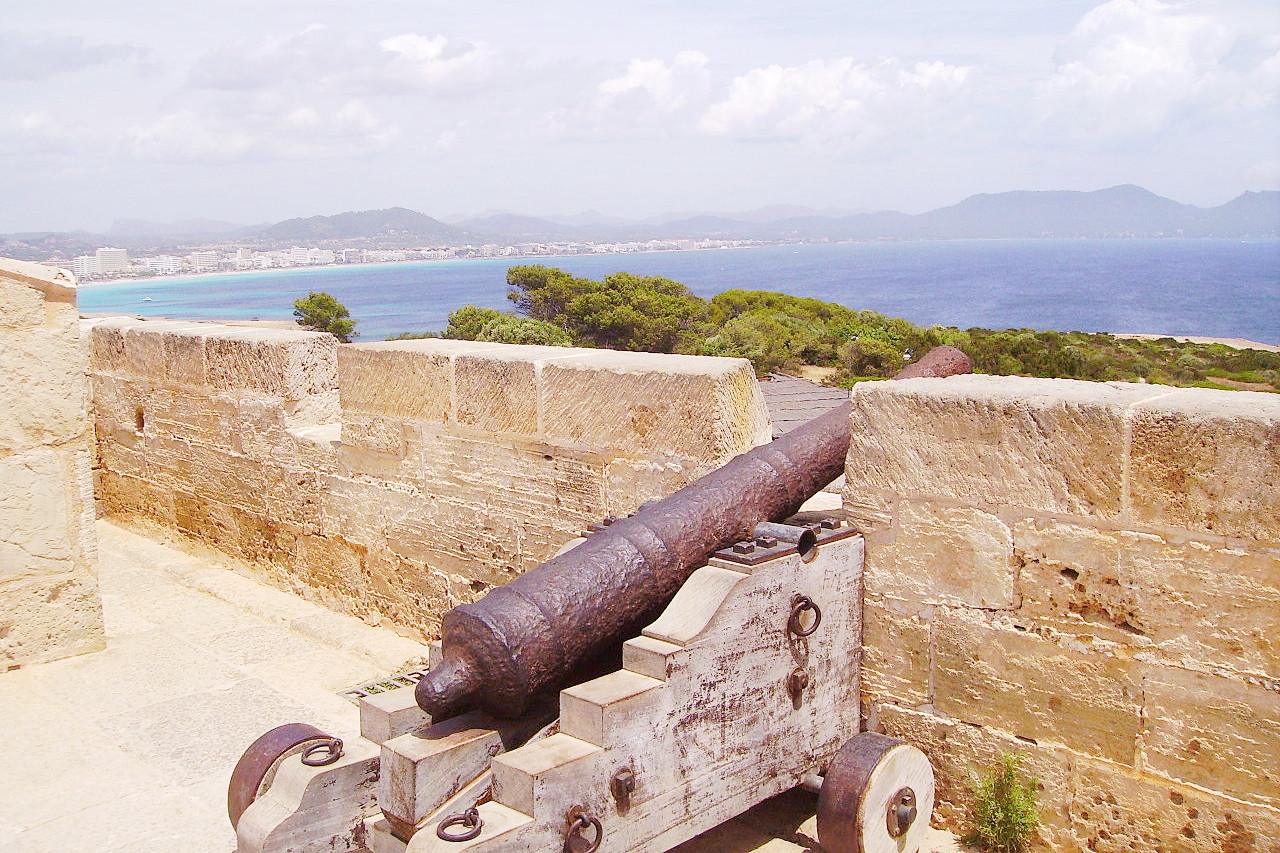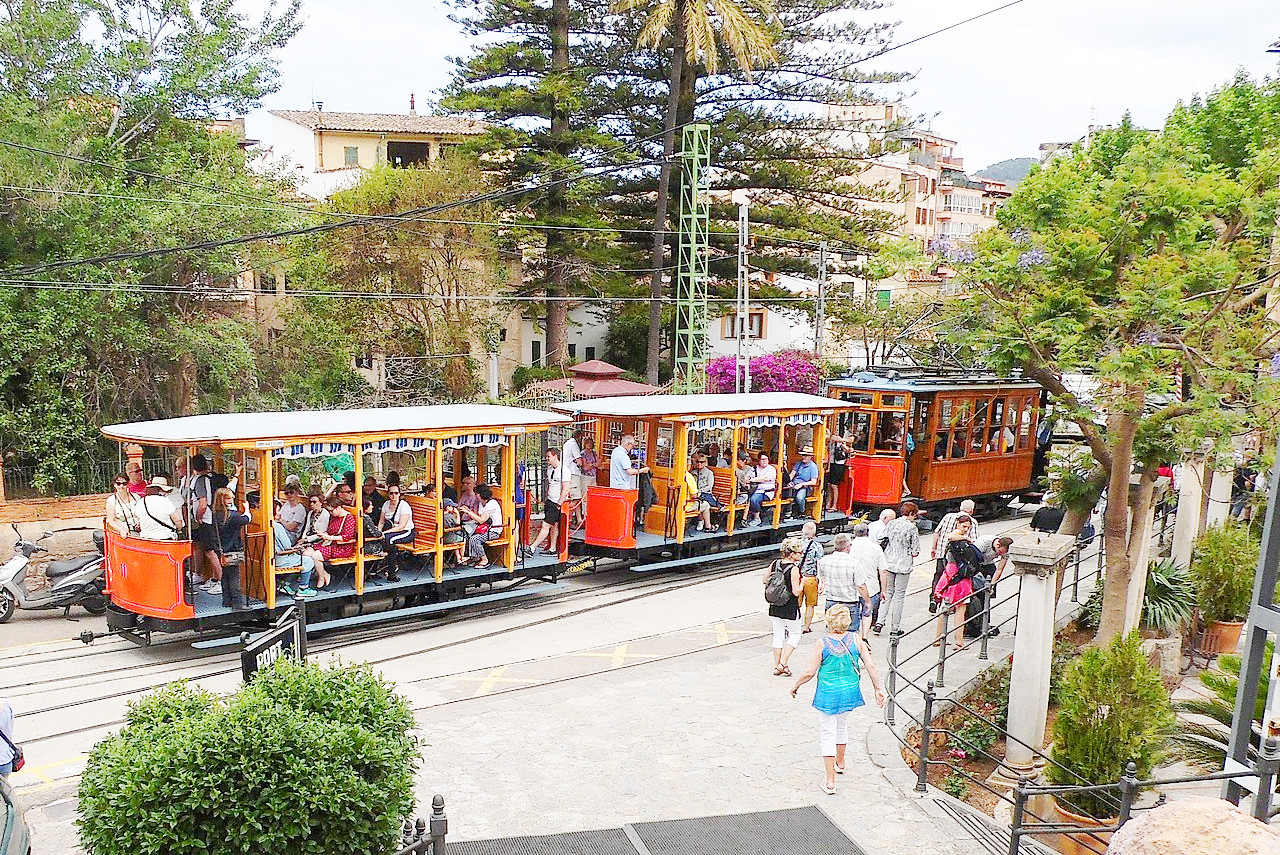The Geography of the
Balearic Islands
Why visit the Balearic Islands?
The Balearic Islands consist of the islands of Mallorca, Menorca, and tiny Ibiza—all are delightful spots where the cares of the world can be forgotten. They are hilly islands with numerous creeks and bays, and the climate is mild and pleasant. For centuries the islands were invaded by every nation whose ships sailed by. Phoenicians, Romans, Arabs, and Spaniards all left their mark on the culture of these islands. Now they cater for tourists, but there is still room to escape through miles of fig and almond groves into the peaceful green mountains, or to some deserted cove along the coast.
Contents
Map
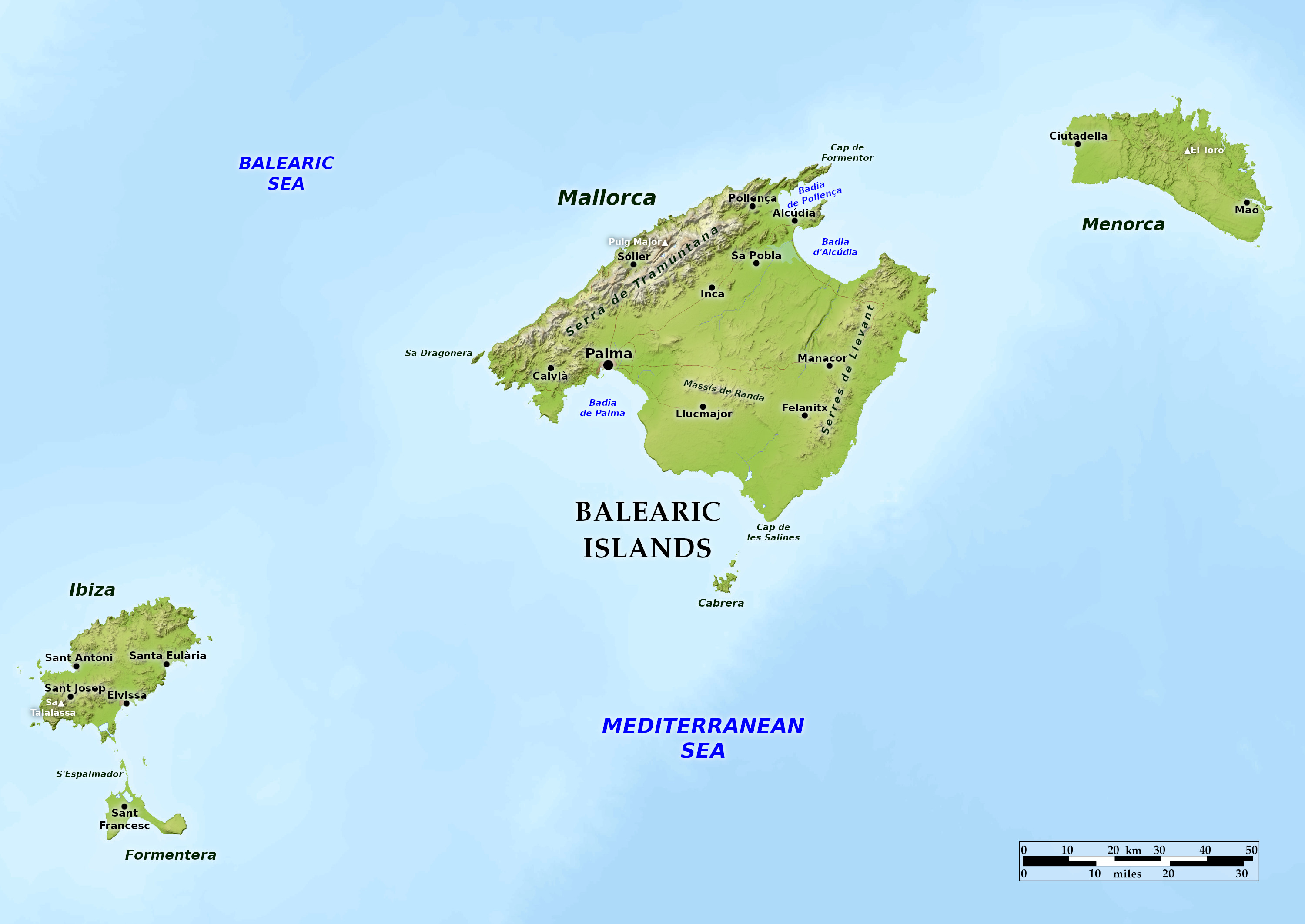 Relief map of the Balearic Islands
Relief map of the Balearic Islands
What is the landscape of the Balearic Islands like?
The Balearic Islands lie in the Mediterranean Sea, along Spain's eastern coast. There are four principal islands: Mallorca, which is the largest, Menorca, Ibiza, and Formentera. Collectively, the islands attract millions of tourists each year. Ibiza is famous for its nightlife and resorts, whereas Majorca offers a greater variety of activities and attractions, including the opportunity to hike the low mountains that form a spectacular backdrop to the island's beaches.
Set in the blue waters of the Mediterranean, Mallorca (Majorca) is a land of eternal spring where medieval architectural splendor rubs shoulders with the modern. It is a squarish island about 60 miles long on the diagonal. On the northwest the coast is steep, but on the other sides it is low and sloping. On the northeast there are several large bays, of which the chief are those of Alcudia and Pollença; while on the southwest is the still more important bay of Palma. In the northwest Mallorca is a chain of mountains running parallel with the coast, and attaining its greatest height at Puig Major (1,436 m / 4,711 feet). Towards the south and east the surface is realtively level, though broken by isolated peaks. The northern mountains offer protection to the rest of the island from the north winds, and help make the climate remarkably mild and pleasant. Some of the valleys are known for their luxuriant vegetation.
Menorca is the second in size of the group. The coast is very indented, especially on the north, with numerous creeks and bays—that of Port Mahon being one of the finest in the Mediterranean. The landscape of the island is uneven, flat in the south and rising irregularly towards the middle, where the mountain El Toro has an altitude of 358 m (1,175 feet). Menorca, littered with mysterious stone megaliths (talaiots) dating from around 1000 B.C. is endlessly fascinating to antiquity hunters, and the island probably has more away-from-it-all sandy beaches than anywhere else in the Mediterranean.
Ibiza is a smaller island, about 25 miles at its greatest length. The coast consists of many small bays, the principal of which are those of Sant Antoni on the northwest, and of Ibiza (Eivissa) on the southeast. Ibiza is very varied in its scenery—the hilly parts which culminate in the Sa Talaia (475 m / 1,558 ft) are richly wooded. South of Ibiza lies the smaller and more irregular island of Formentera, a low-lying island around 12 miles long.
What is the nature of the Balearic Islands like?
In the past, the islands had different ecosystems. Mallorca and Menorca were heavily forested, whereas Ibiza and Formentera dominated by grasslands. Many of the hills have been terraced to their summits, and cultivated for olives, vines, almonds, to fields of wheat and flax, or to orchards of figs and oranges. The characterisc native tree of the islands is the holm oak (Quercus ilex); much rarer is the Balearic boxwood (Buxus balearica) which once covered the coastal plains of Mallorca and Menorca and now occurs once in a residual form in Mallorca.
What is the climate of the Balearic Islands like?
The climate of the Balearic islands is typically Mediterranean, with high temperatures in summer and only moderately low temperatures in winter (rarely below 5°C / 40°F). Winter snow occurs on the highest peaks of the Sierra de Tramuntana on Mallorca but is exceptional elsewhere. Humidity is usually high, but summer rainfall is low and drought conditions often prevail. Hot winds from the African coast are sometimes troublesome.
| Climate data for Palma (1981-2010) | |||||||||||||
|---|---|---|---|---|---|---|---|---|---|---|---|---|---|
| Month | Jan | Feb | Mar | Apr | May | Jun | Jul | Aug | Sep | Oct | Nov | Dec | Year |
| Average high °C (°F) | 15.4 (59.7) | 15.5 (59.9) | 17.2 (63.0) | 19.2 (66.6) | 22.5 (72.5) | 26.5 (79.7) | 29.4 (84.9) | 29.8 (85.6) | 27.1 (80.8) | 23.7 (74.7) | 19.3 (66.7) | 16.5 (61.7) | 21.8 (71.2) |
| Daily mean °C (°F) | 11.9 (53.4) | 11.9 (53.4) | 13.4 (56.1) | 15.5 (59.9) | 18.8 (65.8) | 22.7 (72.9) | 25.7 (78.3) | 26.2 (79.2) | 23.5 (74.3) | 20.2 (68.4) | 15.8 (60.4) | 13.1 (55.6) | 18.2 (64.8) |
| Average low °C (°F) | 8.3 (46.9) | 8.4 (47.1) | 9.6 (49.3) | 11.7 (53.1) | 15.1 (59.2) | 18.9 (66.0) | 21.9 (71.4) | 22.5 (72.5) | 19.9 (67.8) | 16.6 (61.9) | 12.3 (54.1) | 9.7 (49.5) | 14.6 (58.3) |
| Average precipitation mm (inches) | 43 (1.7) | 37 (1.5) | 28 (1.1) | 39 (1.5) | 36 (1.4) | 11 (0.4) | 6 (0.2) | 22 (0.9) | 52 (2.0) | 69 (2.7) | 59 (2.3) | 48 (1.9) | 449 (17.7) |
| Source: Agencia Estatal de Meteorología | |||||||||||||
The official websites
Islas Baleares
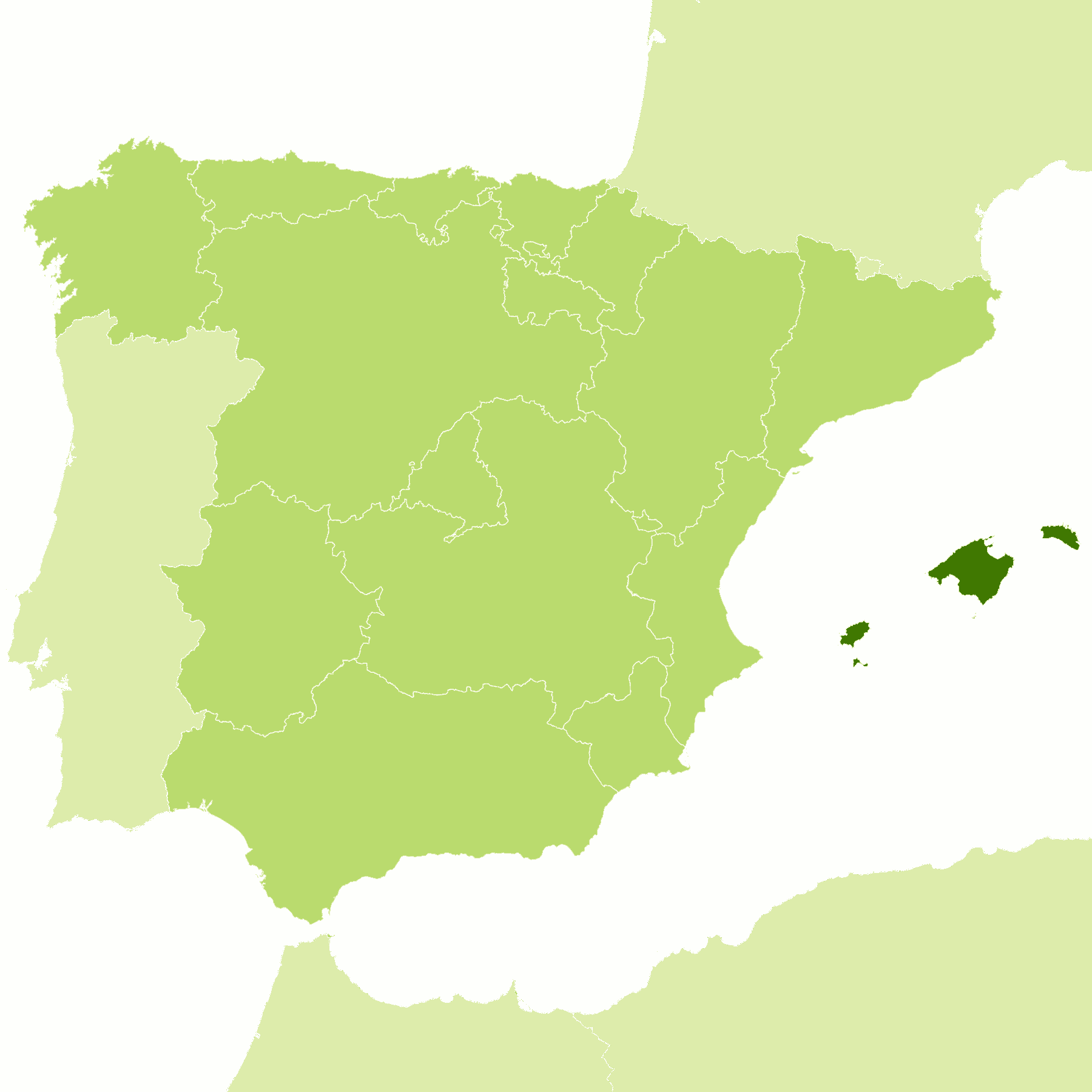
Paradise in the Mediterranean
| Location: | To the east of Spain |
| Coordinates: | 39° 30′ N, 03° 00′ E |
| Size: | • 160 km N-S; 270 km E-W • 100 miles N-S; 170 miles E-W |
| Terrain: | Mediterranean islands with moderate hills |
| Climate: | Hot summers; mild winters |
| Highest point: | Puig Major 1,436 m / 4,711 ft |
| Forest: | 20% (2010 est.) (source) |
| Population: | 1 171 543 (2020) |
| Population density: | High (235/km²) |
| Capital: | Palma |
| Languages: | Catalan; Spanish |
| Human Development Index: | Very High (0.876) |
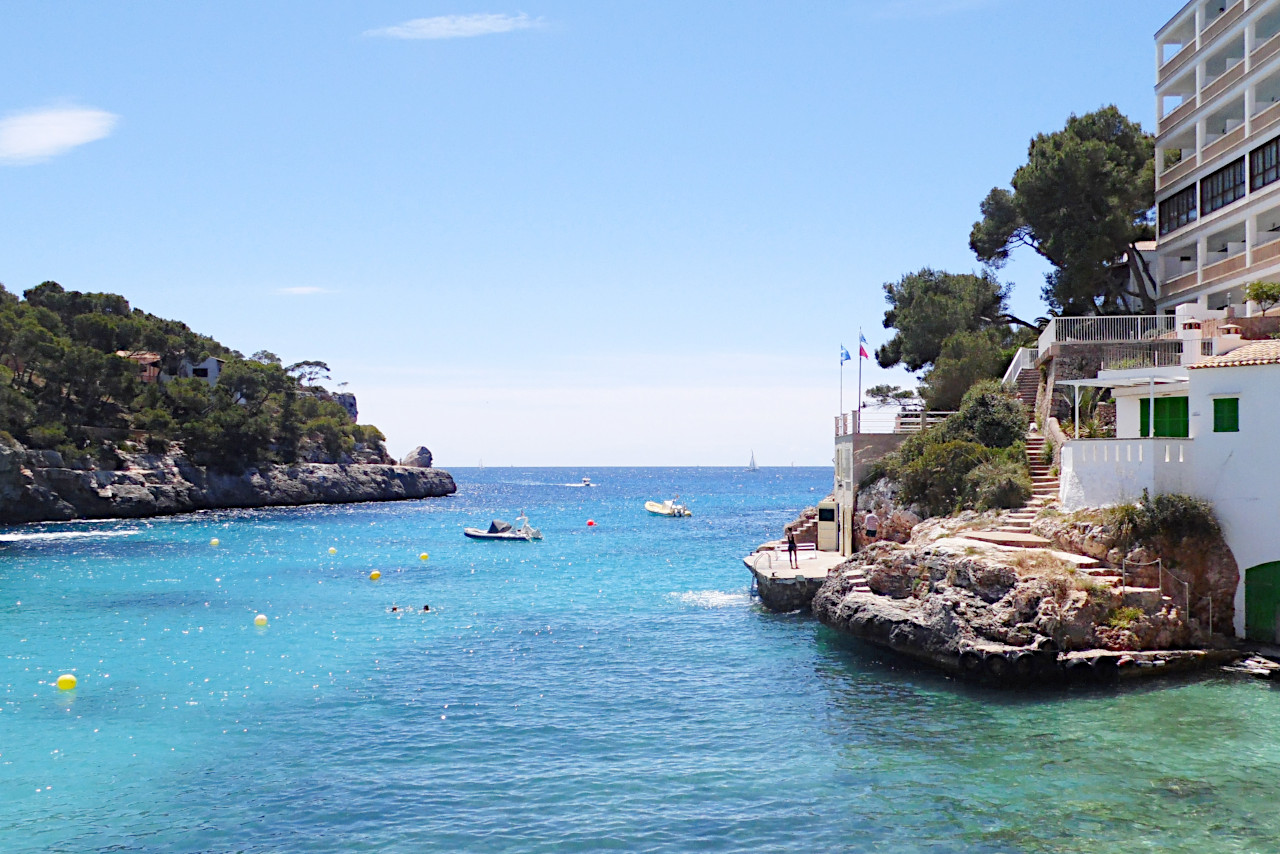
.jpg)
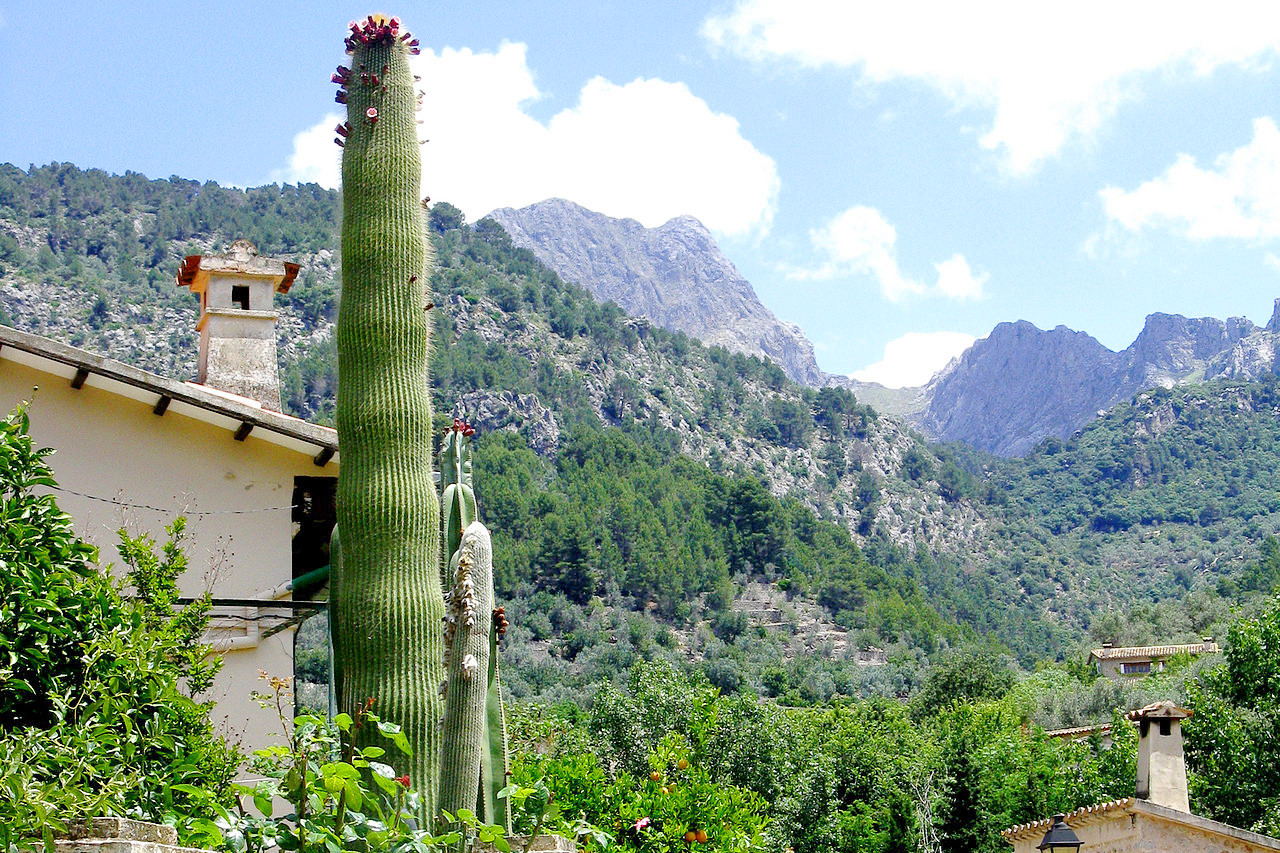
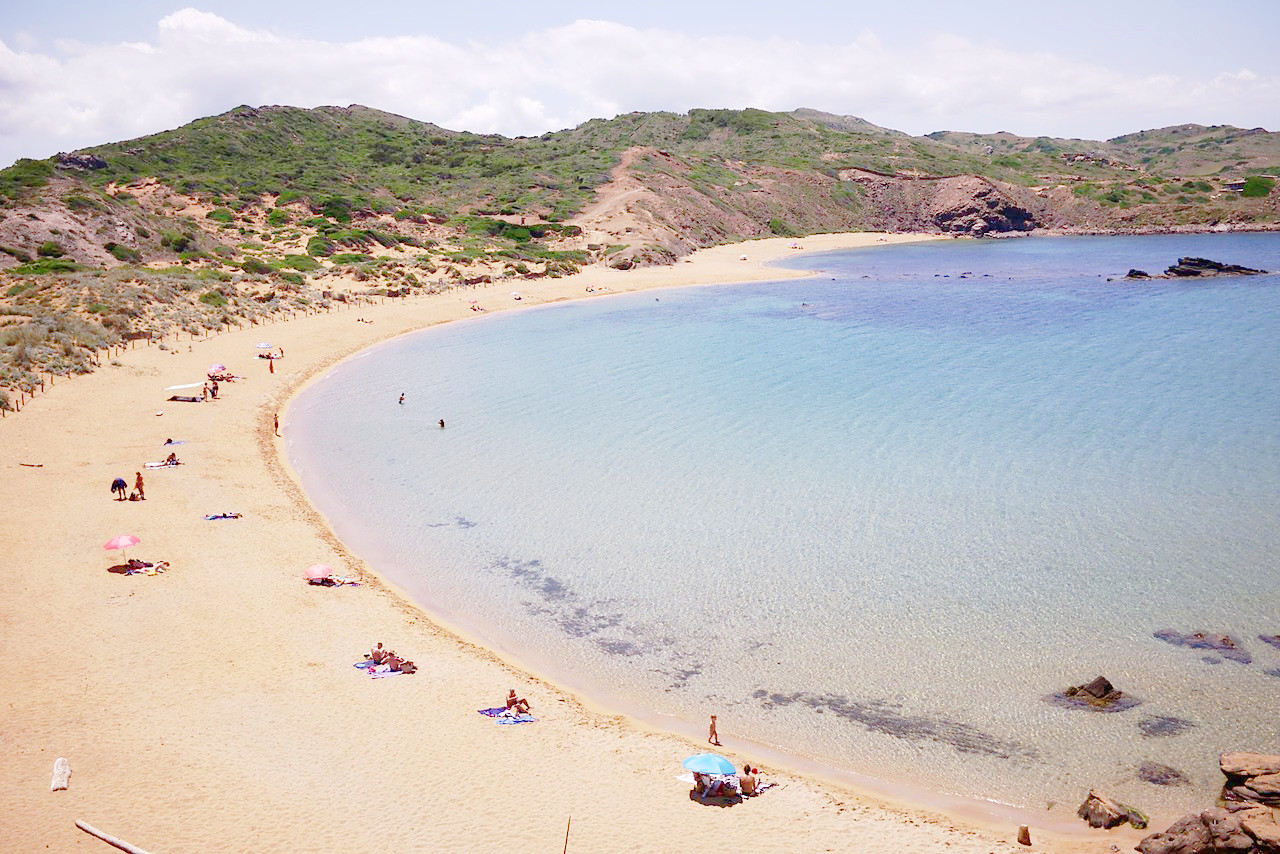
_arp.jpg)
